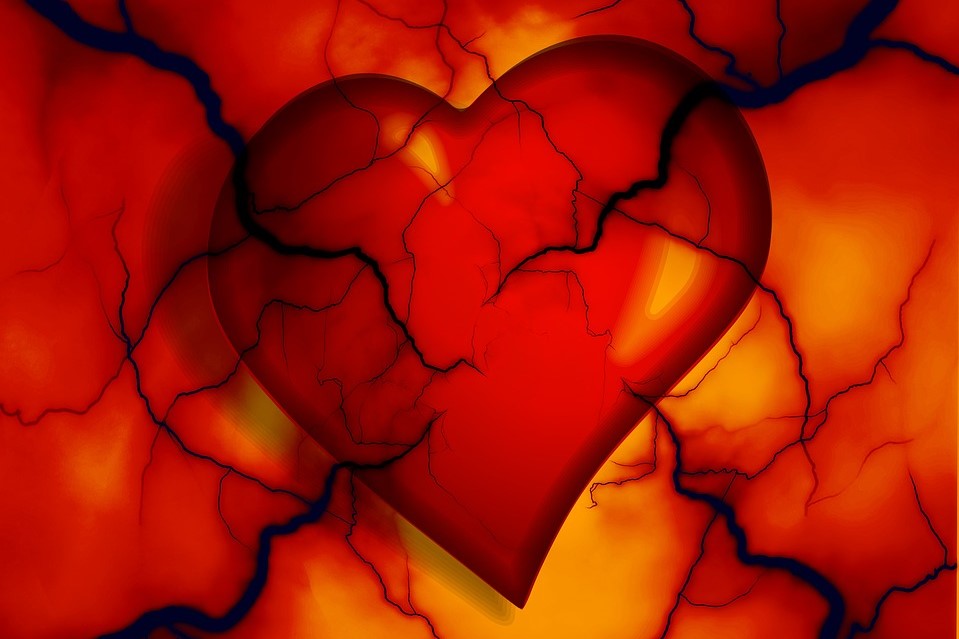
Emotions come from the heart: a study by the Universities of Pisa, Padua and California Irvine proves it
Emotions and the heart: research, conducted with the University of Padua and University of California Irvine, highlights the primary role of cardiac activity in emotional states
Emotions and heart, no longer a poetic hypothesis
“Emotions are born in the heart, and not in the brain, poets used to say. Now scientific research confirms the foundation of this literary topos. A study by bioengineers at the University of Pisa in collaboration with the University of Padua and the University of California Irvine and published in the journal ‘Proceedings of the National Academy of Science of the USA’ analyses the mechanism that leads us to feel a specific emotion in the face of certain stimuli and finds the root of emotions in the heart’.
Thus in a note the University of Pisa (Unipi).
WHERE DO EMOTIONS ORIGINATE? THE ROLE OF THE HEART
“That the body plays a fundamental role in defining emotional states is now widely recognised by the scientific community,” explains Gaetano Valenza, lecturer in bioengineering at the University of Pisa’s Department of Information Engineering and researcher at the ‘E. Piaggio‘ Centre.
LEARN MORE BY VISITING PIAGGIO’S BOOTH AT EMERGENCY EXPO
However, if we exclude certain theories proposed at the beginning of the last century, until now cardiovascular activity has been seen as a simple metabolic support for the brain.
And only the brain would be the seat of the biological processes responsible for conscious emotional experience.
Instead, we have evidence that cardiovascular activity plays a causal role in initiating and feeling a specific emotion, and temporally precedes the activation of neurons in the cerebral cortex.
In essence, to paraphrase William James, who was the father, together with John Lange, of the so-called peripheral theory of emotions, we do not have tachycardia because we are afraid, but the feeling of fear is the conscious emotional experience triggered by tachycardia’.
RESEARCH INTO THE LINK BETWEEN EMOTIONS AND THE HEART
“In order to demonstrate this theory,’ we read, ‘complex mathematical models were applied to electrocardiographic and electroencephalographic signals in healthy subjects while watching films with highly unpleasant or pleasant emotional content.
The researchers thus discovered that in the first few seconds the stimulus modifies cardiac activity, which in turn induces and modulates a specific cortex response.
A continuous, two-way exchange of information between heart and brain thus underlies the entire conscious experience of emotion and, above all, its intensity’.
QUALITY DAE? VISIT THE ZOLL BOOTH AT EMERGENCY EXPO
HEART AND EMOTIONS, A COMPLEX EXCHANGE
“Obviously,” Valenza continues, “the complexity of the emotions we feel derives from a very complex exchange between our nervous system and the various peripheral systems, but it is cardiac activity, and not cerebral activity, that initiates the emotional experience.”
“To be able to extract from a simple ECG analysis – the university points out – the assessment of an emotional state, the researchers developed mathematical equations capable of continuously decoding heart-brain communication in different emotional states.
In practice, given a certain cardiac dynamic, in the near future, it might be possible to understand which emotion was felt by the subject under observation, for example using a smartwatch’.
THE LINK WITH MENTAL DISORDERS
“Claudio Gentili, of the Department of General Psychology and Centre for Clinical Psychological Services at the University of Padua, says: ‘This discovery may have very significant implications for our understanding of mental disorders and their relationship with physical health.
It may explain why subjects with affective disorders, such as depression, are associated with a greater likelihood of developing heart disease, or, vice versa, among subjects with heart problems such as coronary artery disease or arrhythmias, there is an increase in anxiety and depression.
Our work, in addition to reviving the theory of the peripheral genesis of emotions, confirms the most recent neuroscientific positions that propose overcoming the dualism between the brain understood as the exclusive organ of the mind and the body, suggesting how we are not (only) our brain’.
Read Also:
Emergency Live Even More…Live: Download The New Free App Of Your Newspaper For IOS And Android
Inflammations Of The Heart: Myocarditis, Infective Endocarditis And Pericarditis
Heart Murmurs: What It Is And When To Be Concerned
Heart Disease: What Is Cardiomyopathy?
Why Become A Mental Health First Aider: Discover This Figure From The Anglo-Saxon World
Anxiety: A Feeling Of Nervousness, Worry Or Restlessness
Firefighters / Pyromania And Obsession With Fire: Profile And Diagnosis Of Those With This Disorder
Intermittent Explosive Disorder (IED): What It Is And How To Treat It


